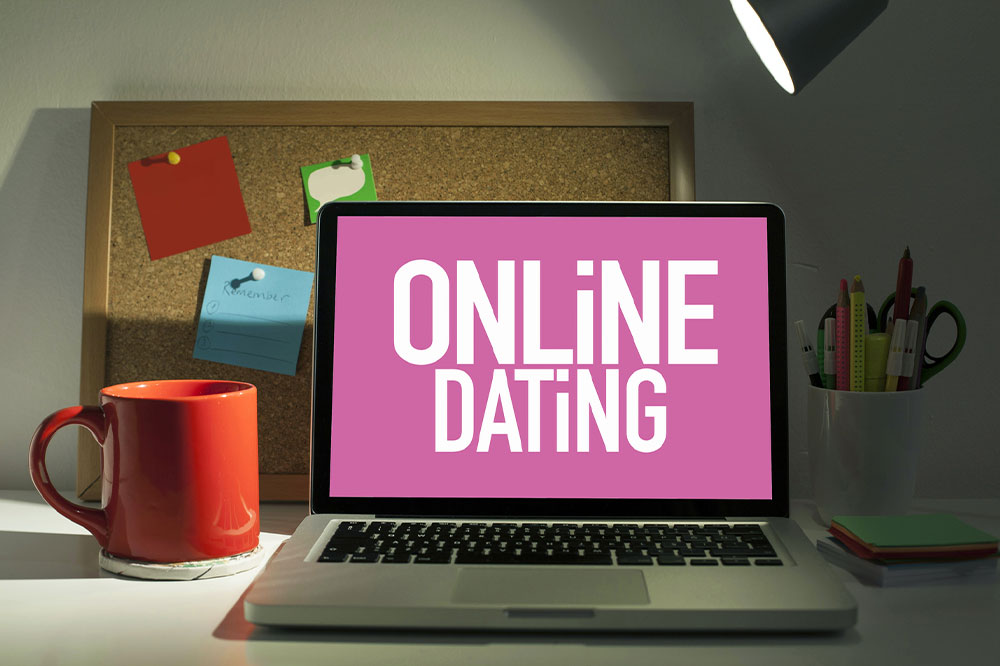Evolution of Online Dating: From Roots to Modern Matchmaking
Explore the fascinating evolution of online dating from its early beginnings in 1959 to today's advanced mobile platforms like Tinder. Discover key milestones, technological advances, and how online dating has become a mainstream way to find love, connecting people across diverse communities worldwide.

Evolution of Online Dating: From Roots to Modern Matchmaking
Evolution of Online Dating: The Journey Through Time
Although initially met with skepticism, online dating quickly gained acceptance thanks to numerous success stories dispelling early doubts. Today, it caters to diverse groups, including LGBT communities and seniors. Some platforms offer free access, while others require subscriptions to unlock advanced features that enhance the search for ideal partners.
Online dating has evolved significantly since its inception in 1959, transforming from a niche experiment into a booming industry. This timeline highlights key milestones marking its growth from simple data-driven matches to sophisticated platforms utilizing advanced algorithms and mobile apps.
1940: Concept of matching via data introduced
Newark-based company Introduction pioneered matching people using available data, charging a small fee for contact details, akin to early paid memberships.
1959: Birth of automated matchmaking
Students Jim Harvey and Phil Fialer from Stanford built a punch card questionnaire and employed an IBM 650 to pair 98 individuals, laying the groundwork for modern online dating.
1965: The first computer-based dating service
Harvard students Jeff Tarr and Vaughan Morrill launched Operation Match using an IBM 1401, offering couples their compatibility based on preferences, for a fee of $3.
The 1990s: Internet broadens dating horizons
World Wide Web opened avenues for singles, shifting from print ads to online platforms like Craigslist, AOL chat rooms, and forums, revolutionizing casual online interactions.
1995: First dedicated dating site launched
Match.com emerged as the pioneering online dating portal, allowing users to filter matches based on age, location, interests, and lifestyle.
1998: Online dating gains mainstream popularity
The release of "You’ve Got Mail" boosted mainstream recognition, making online dating a normalized phenomenon.
2000: Introduction of eHarmony
eHarmony's comprehensive survey, analyzing 29 compatibility factors—including adaptability, emotional intelligence, and conflict management—advanced the quest for meaningful matches.
2004-2007: Mobile apps and new platforms emerge
Platforms like OkCupid and Zoosk launched, attracting millions. The rise of smartphones led to dedicated dating apps accessible on mobile devices, further transforming the landscape.
2012: Tinder revolutionizes matching with swipes
Tinder popularized the swipe feature, enhancing location-based matching and making casual browsing for love more intuitive and fun.
Present-day
Over 67% of people now use online dating services, which continue to expand. These platforms simplify the search for love, offering tailored experiences and helping users connect from the comfort of their homes.
Note:
The information shared on this platform spans various categories, providing useful insights. While the editorial team strives for accuracy, readers should consider the info as a guide and not as definitive. We are not responsible for discrepancies or outdated details, and some offers or schemes may not be included.










